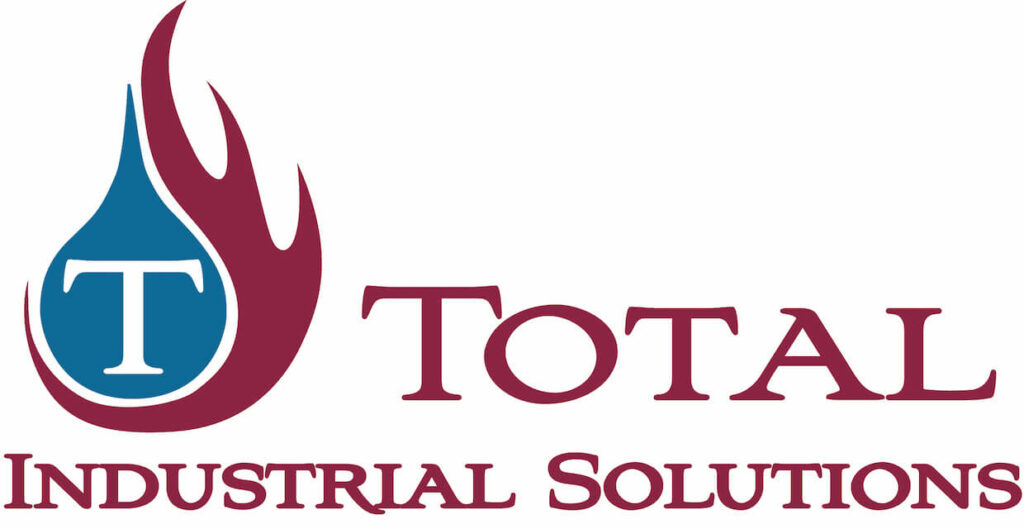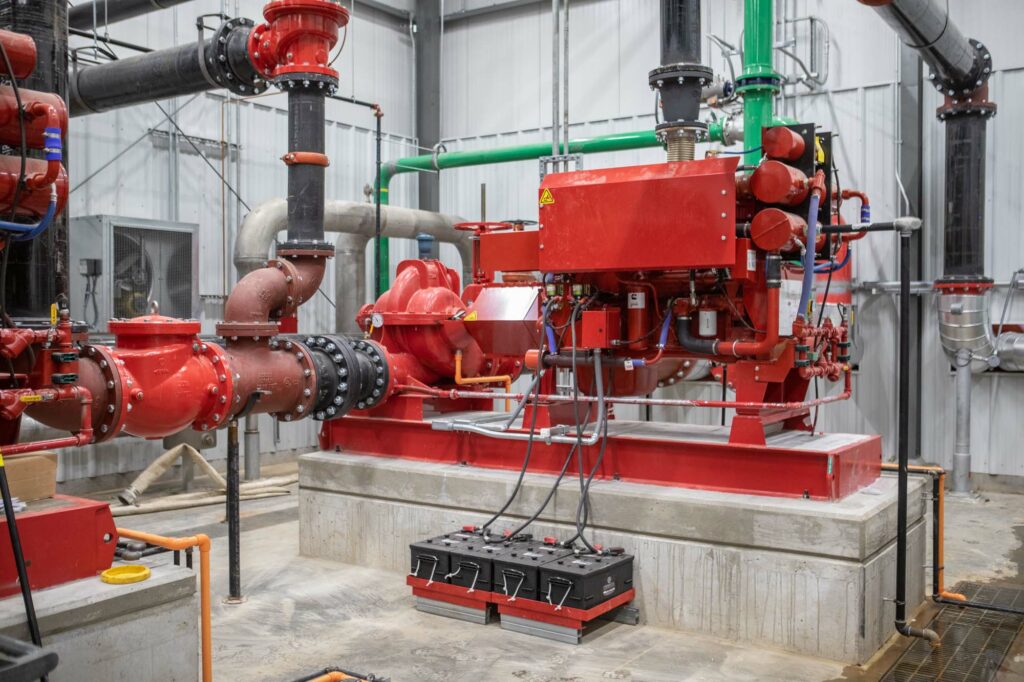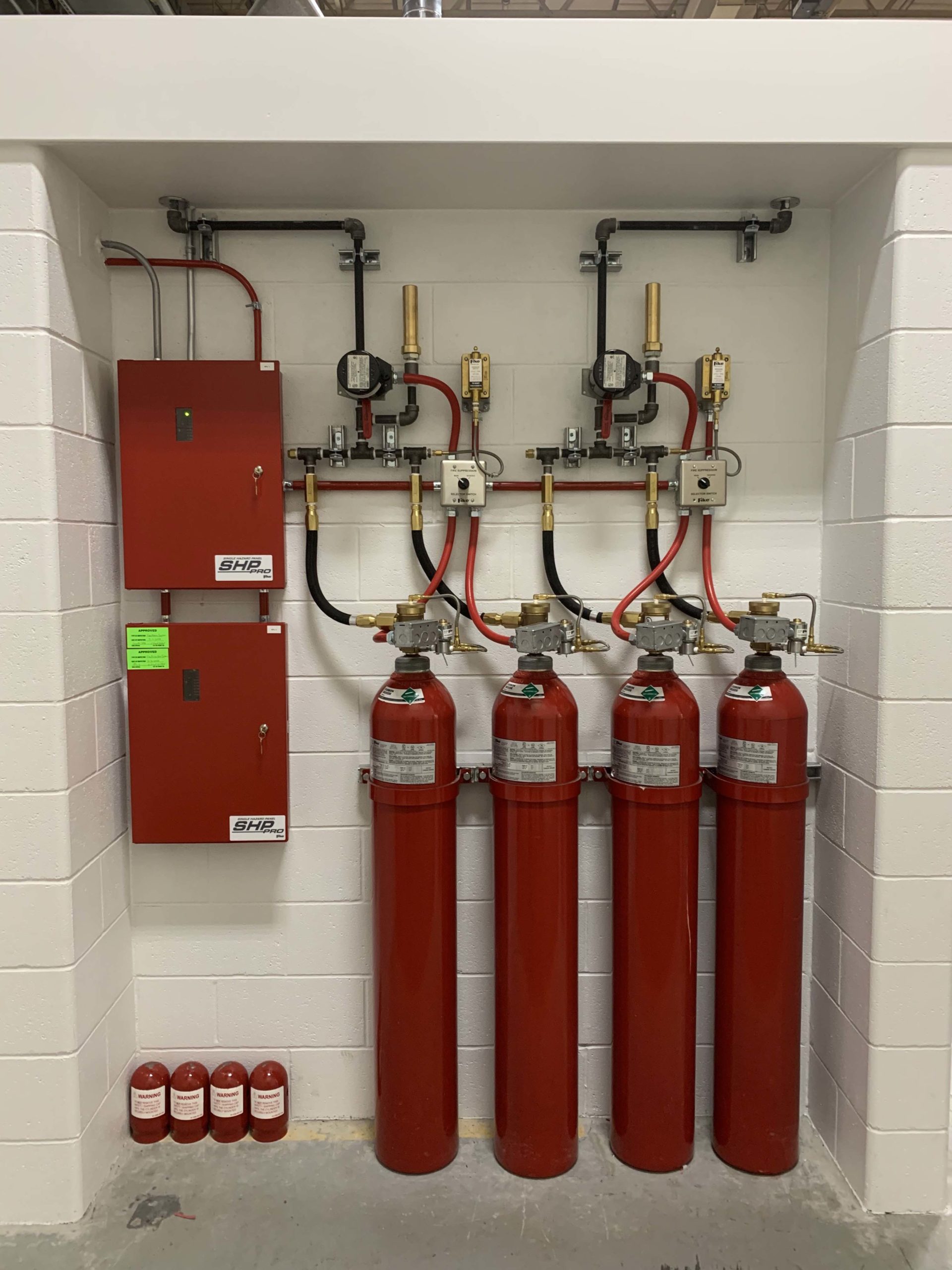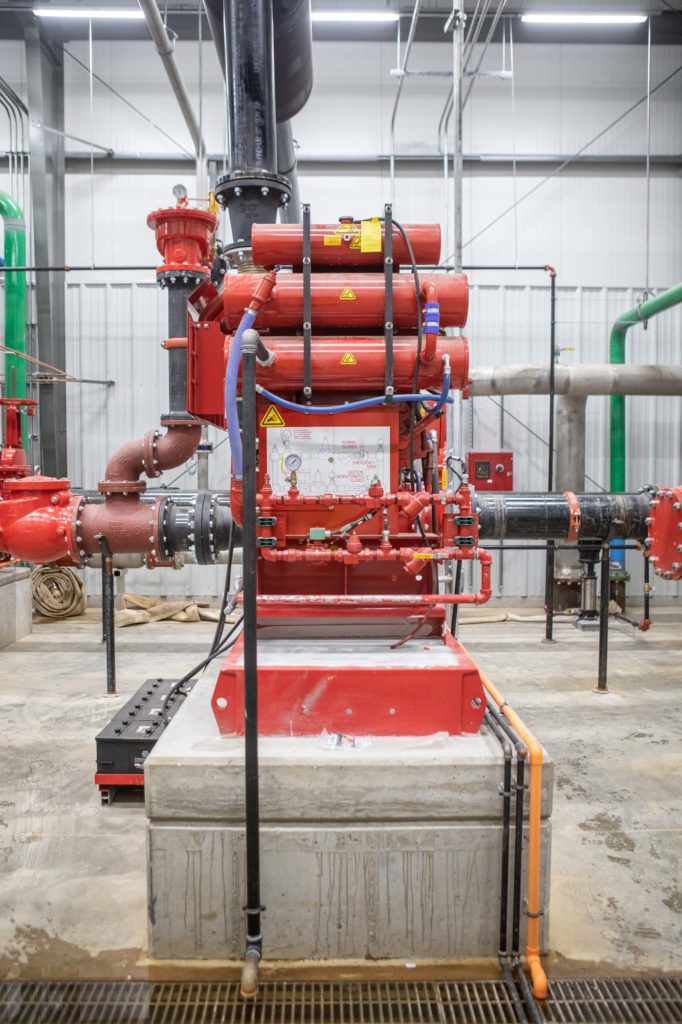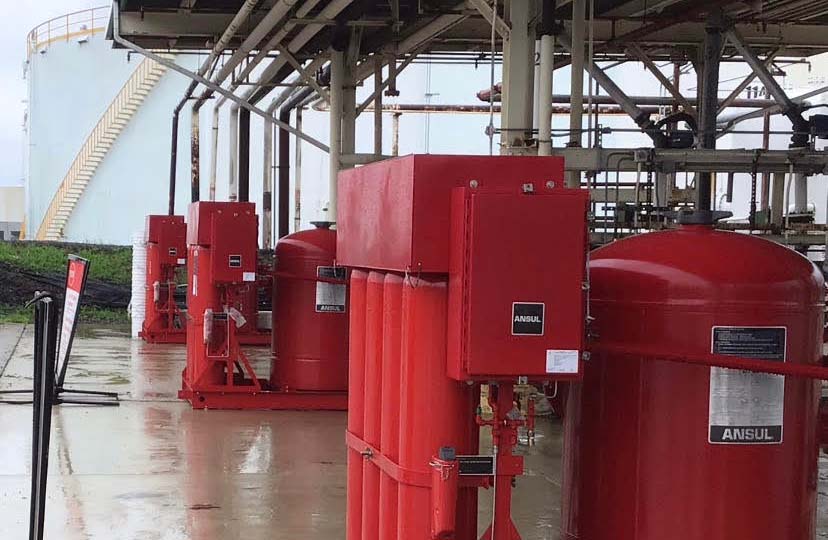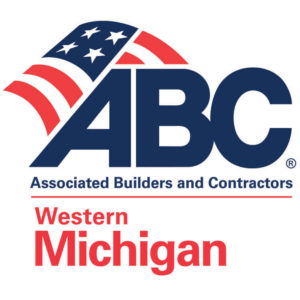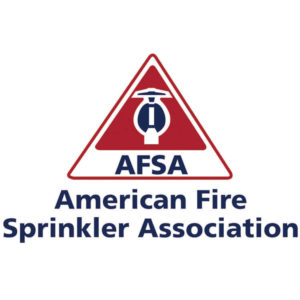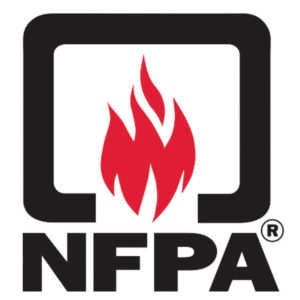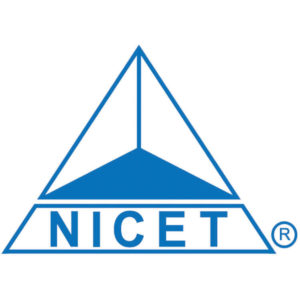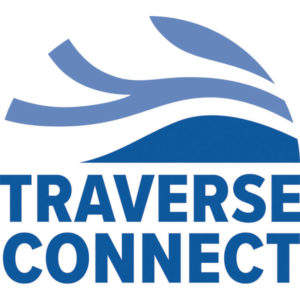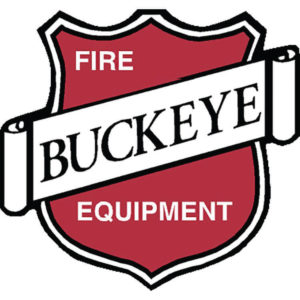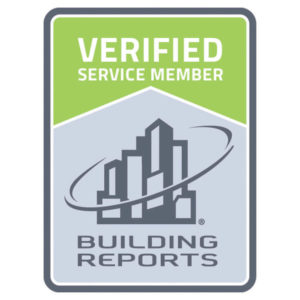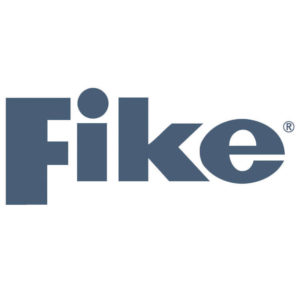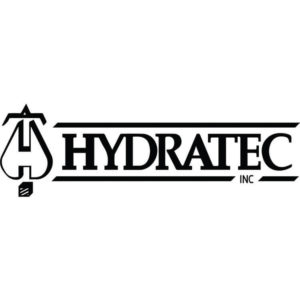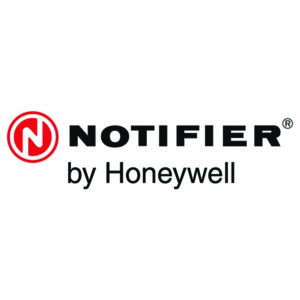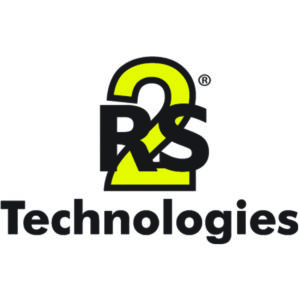Clean Agent
NFPA 2001 has defined the term “clean agent” as an electrically nonconductive, volatile, or gaseous fire extinguishing agent that does not leave a residue upon evaporation. A clean agent fire suppression system will take either an inert gas or a chemical stored in a container and discharge it, when necessary, to extinguish a fire in its developing stage.
Additional benefits that clean agent suppression systems have over traditional water sprinklers include:
Fast-Acting Suppression – Clean agent suppression systems are dispersed and reach required concentration levels within as little as 10 seconds, snuffing out a fire before it results in catastrophic damage. They are explicitly designed to extinguish fires, unlike traditional sprinklers, which are designed to contain the fire until fire safety personnel can arrive.
Minimal Cleanup and Residue – Ruined electronics, soggy carpet, and damaged furniture are everyday staples of a triggered sprinkler system. Today’s chemical and gaseous fire suppression solutions result in little to no cleanup, allowing operations to return to normal quickly.
People Safe – Clean agents are safe for people and are approved by the US Environmental Protection Agency for use in normally occupied spaces.
Various Options to Meet Your Needs – Whether your organization requires the “greenest,” the most cost-effective, or the most globally accepted fire suppression solutions available, clean agent suppression systems can be highly customized to meet these needs.
Dry Chemical Piped
The Dry Chemical Piped Fire Suppression Systems provide full-time fire protection in high-risk areas where large, potentially disastrous fires could occur. They use proven technology for fast knockdown of the most challenging flammable liquid and gas fires and provide a means of detection and suppression for complex hazards that are too difficult and inaccessible for manual firefighting.
Typical application locations include petroleum and petrochemical loading racks, refinery processing equipment, product transfer and storage areas, offshore platforms, marine tanker decks, machinery spaces, loading docks, paint spray booths, dip and quench tanks, warehouses, hazardous materials storage buildings, machinery lubricating systems, flammable liquid storage areas, and many other settings. Large fixed nozzle piped systems provide up to 3000 lb. (1360.8 kg) of dry chemical extinguishing agent for large industrial applications.
Foam (AFFF & AR-AFFF)
Foam suppression systems extinguish a fire by separating the fuel from the oxygen. These systems cool the fire and coat the fuel that the fire is consuming to prevent contact with oxygen and reduce combustion ability. This system protects Class B (Flammable Liquids Polar Solvents and Hydrocarbon) fires. Many types of foam are used, including low expansion foam in fixed systems petroleum and petrochemical loading racks, refinery processing equipment, product transfer and storage areas and offshore platforms, above-ground bulk fuel storage tanks, and many other facilities.
Flame Detection
Flame detectors are solutions for virtually any application where fire may result in a significant loss of capital equipment and high risk to personnel. Industrial and commercial applications include oil and gas pipelines, turbine enclosures, off-shore platforms, automotive manufacturing facilities, aircraft hangers, munitions plants, nuclear facilities, and many, many more.
These systems use devices that respond to radiant energy visible to the human eye (approximately 4000 to 7000 angstroms) or radiant energy outside the range of human vision [usually infrared (IR), ultraviolet (UV), or both]. Flame detectors are sensitive to glowing embers, coals, or actual flames with the energy of sufficient intensity and spectral quality to initiate the sensor.
Fire Pump
Fire pumps are needed when the local municipal water system cannot provide sufficient pressure to meet the hydraulic design requirements of the fire sprinkler system. Low water pressure usually occurs if the building is very tall, such as in high-rise buildings. It can also happen in systems requiring a relatively high terminal pressure at the fire sprinkler to flow a large volume of water, such as in storage warehouses.
GET IN TOUCH TODAY
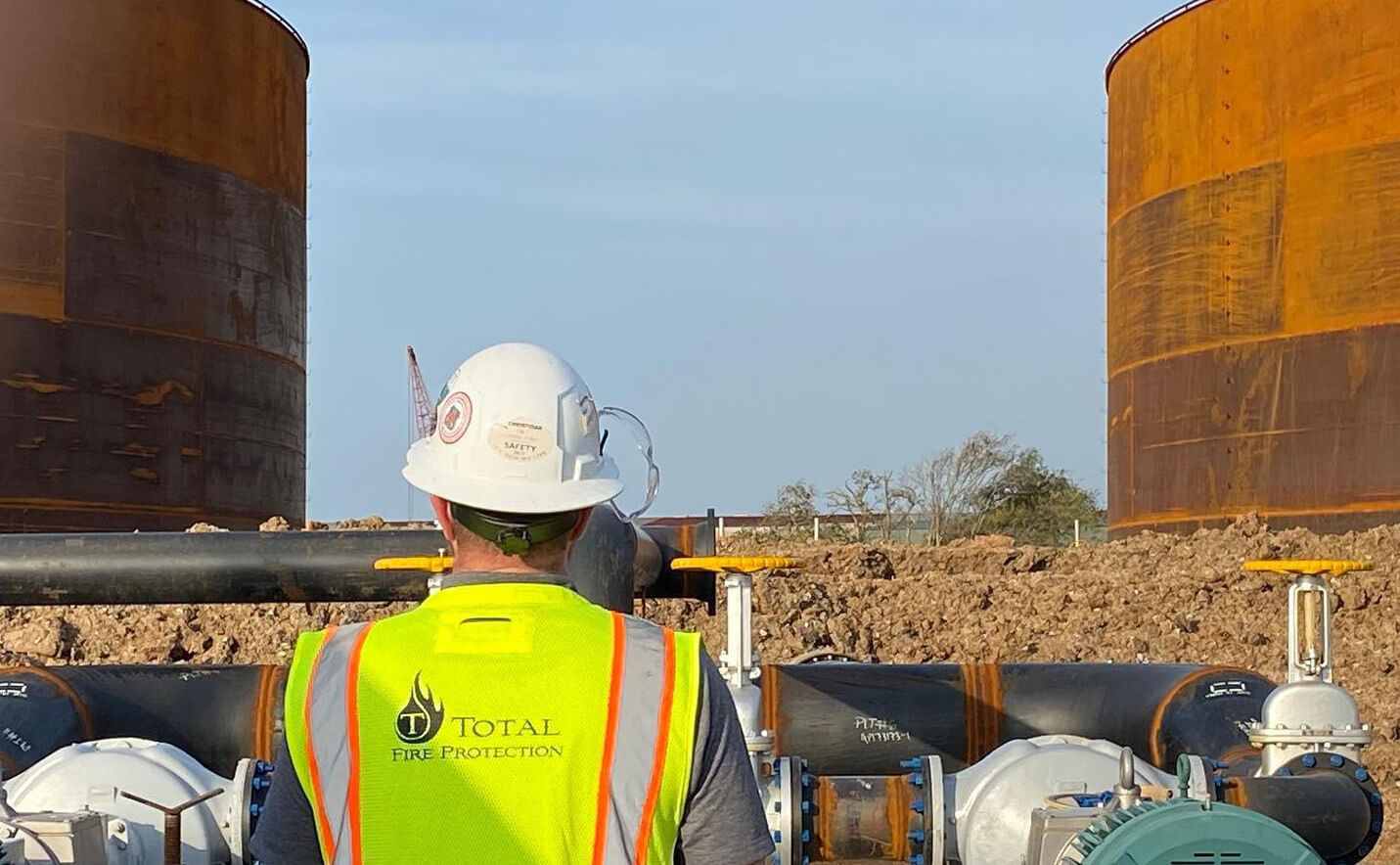
1(833) 847-3473
Call a TIS team player today!WE WOULD BE DELIGHTED TO SPEAK WITH YOU.
SEND US AN EMAIL:
TRUSTED IN THE INDUSTRY
Total Industrial Solutions maintains membership in the NFPA, NICET, and many more.
